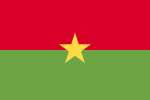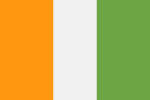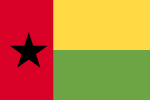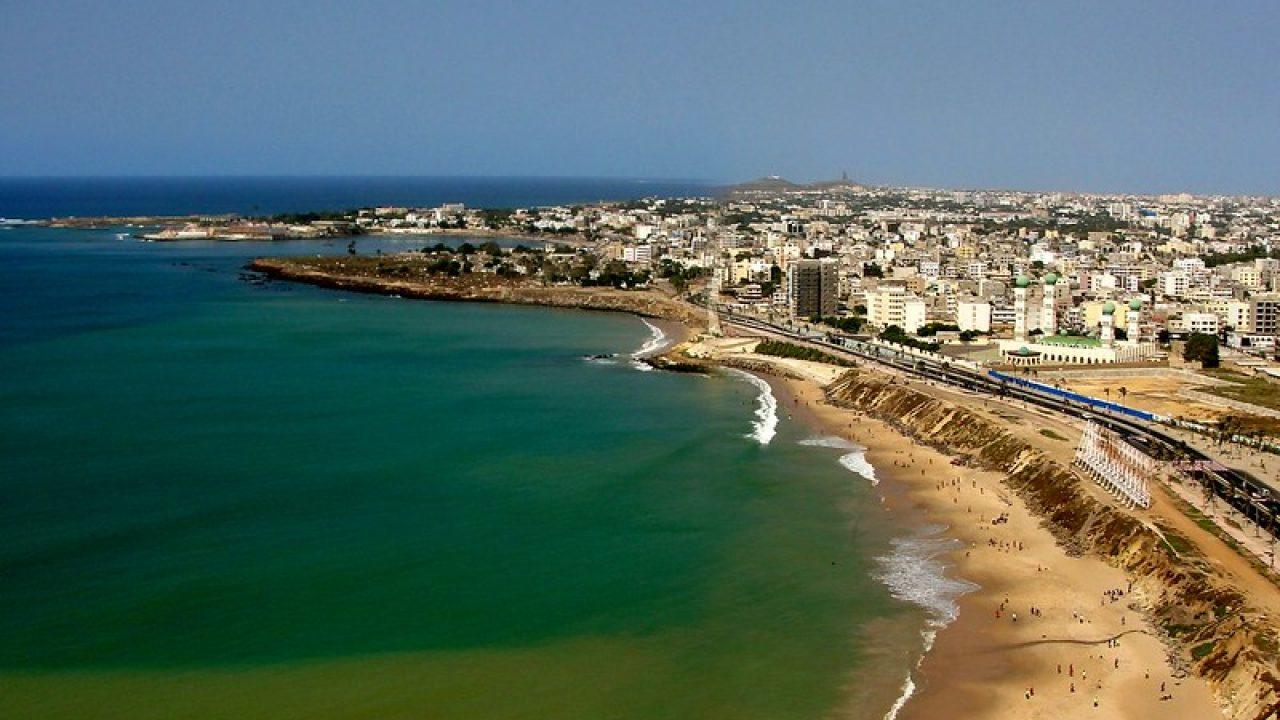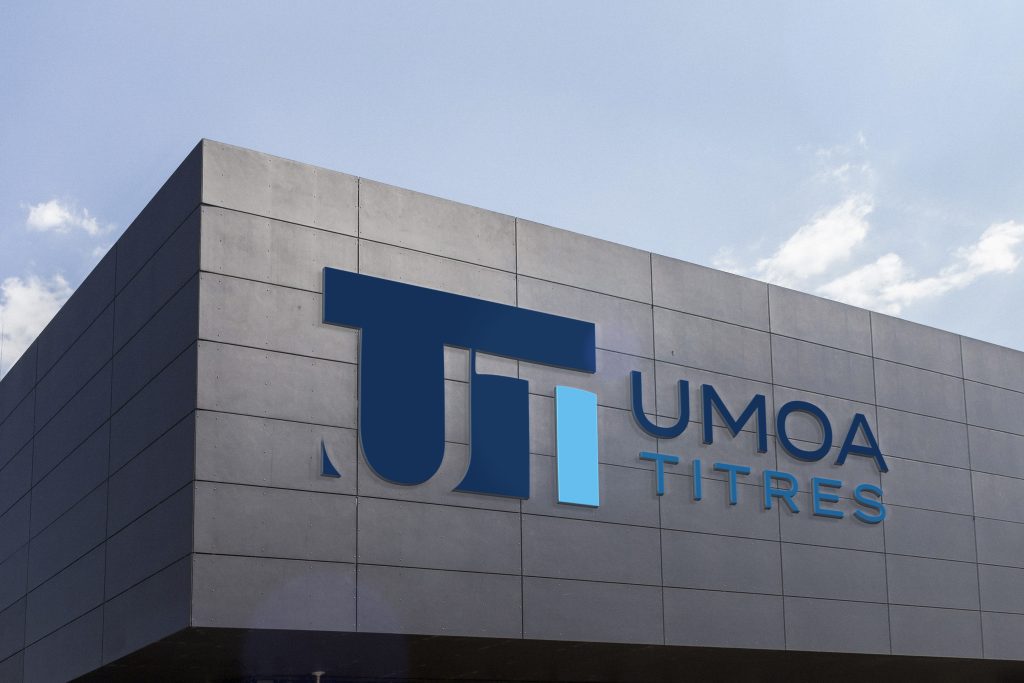As the second largest economy in terms of GDP in the WAEMU area, Senegal remains a model of democracy and economic emergence in Africa. The Senegalese economy has experienced remarkable growth in recent years thanks to the implementation of the PSE, increasing from an average of 2.5 % over the period 2008-2013 to more than 6.0 % during the first phase of the PSE (2014-2018). Despite the advent of the COVID-19 pandemic, Senegal’s economy has been resilient, recording real GDP growth of 1.3 % in 2020 after 4.6 % a year earlier. The measures included in the Economic Resilience Program (PRES) combined with the adjusted and accelerated Priority Action Plan II (PAP 2A) of the PES should lay the foundations for a rapid and consolidated recovery of the Senegalese economy. Thus, in 2021, real GDP growth is estimated at 6.1 %, a jump of 4.8 percentage points compared to 2020. It is expected to consolidate in 2022 with real GDP growth expected to reach +5.1 %.
A relatively diversified economy still driven by the tertiary sector
The various policies implemented by the Senegalese government have enabled the country’seconomy to experience sustained growth over the period 2015-2019, averaging around 6.2 %. Despite the negative impact of the global health crisis on activity, Senegal was able to regain its pre-COVID-19 performances in 2021 thanks to a relatively diversified economy. Although the tertiary sector remains predominant in the Senegalese economy, its contribution to GDP has declined in recent years. The share of the tertiary sector in GDP decreased from 52.0 % to 50.3 % between 2016 and 2020 and would be 49.6 % and 48.4 % of GDP respectively in 2021 and 2022.
In contrast to the tertiary sector, the primary sector saw an increase in its share of GDP between 2016 and 2020, from 14.4 % in 2016 to 16.2 % in 2020. The share of the primary sector in GDP is expected to decline in 2021 to around 15.3 % before reaching 15.7 % in 2022. As for the secondary sector, its contribution to GDP remained stable at around 23.0 % over the period 2016-2020. According to Directorate of Forecasting and Economic Studies (DPEE) forecasts, it should reach 24.7 % in 2021 and 25.5 % in 2022.
The tertiary sector remains the driver of growth for the Senegalese economy. This sector contributed to 3.7 percentage points to the growth of the Senegalese economy in 2021 against 2.5 and -0.1 points respectively for the secondary and tertiary sectors. The sector grew by 5.7 % in 2021 after contracting by 0.1 % a year earlier in connection with the gradual lifting of measures imposed by the countries in the fight against COVID-19. These measures had a strong negative impact in 2020 on accommodation and food services (-27.0 %), transport (-17.0 %), education (-12.7 %), office support services (-11.4 %), trade (-8.5 %) and collective or personal activities.
As for the secondary sector, it grew by 10.9 % in 2021 after a decline of 0.4 % in 2020. The secondary sector has been severely impacted during the COVID-19 crisis, causing disruption to the supply chain of goods and services. The decline of activity in secondary sector in 2020 is explained by difficulties in the sectors of construction (-21.6 %), the chemical industry (-10.8 %), the agri-food industry (-6.0 %), petroleum refining (-4.4 %) and mining (-3.2 %). However, the contraction in the secondary sector was moderated by the good performance of the building materials (+7.4 %) and water, sanitation, and waste disposal (+8.5 %).
Concerning the primary sector, Activity contracted by 1.0 % in 2021 following a 12.8 % increase a year earlier. The dynamism of the primary sector in 2020 is explained by the good performance of the sectors of agriculture and related activities with a real growth rate of 18.8 % compared to 4.2 % in 2019.
National Development Plan and economic outlook
With the objective of putting the Senegalese economy on a path of sustainable, inclusive, and job-creating growth, while preserving the environment and natural resources, Senegal adopted a development plan, the Emerging Senegal Plan (PSE), in 2014. The PSE, whose ten-year strategy covers the period 2014-2023, is associated with the vision of an emerging Senegal by 2035. It is structured around three main strategic axes:
– Axis 1: Structural transformation of the economy and growth.
– Axis 2: Human capital, social protection, and sustainable development.
– Axis 3: Governance, institutions, peace, and security.
The PSE is supported by a Priority Action Plan (PAP) divided into two phases. The encouraging results in all sectors during the first phase of the PES (PAP I 2014-2018) paved the way for a second phase (PAP II) over the period 2019-2023, with a stronger involvement of the private sector.
However, in view of the context marked by the health crisis, the Senegalese authorities have revised the PAP II to mitigate the negative effects of the crisis.
Thus, the implementation of the adjusted and accelerated Priority Action Plan (PAP 2A) should improve the economic outlook in 2023. A rapid recovery of the economy from 2021, accompanied by reforms and investments in the social sectors, agriculture, fisheries, livestock, housing, digital and industry, would achieve an average growth rate of 6.1 % between 2019 and 2023.
In addition, good performance is expected in 2023 in terms of human development, with an HDI of 0.54, a decrease in infant mortality (27 ‰ in 2023), a rural electrification rate increased to 79.1 % in 2023 or the creation of at least 200,000 jobs per year associated with improved worker productivity to strengthen the inclusive nature of growth dynamic.
For a more complete view of Senegal’s economy and investment outlook, download the country’s information note available here.
Source : Information note from Senegal / November 2022




